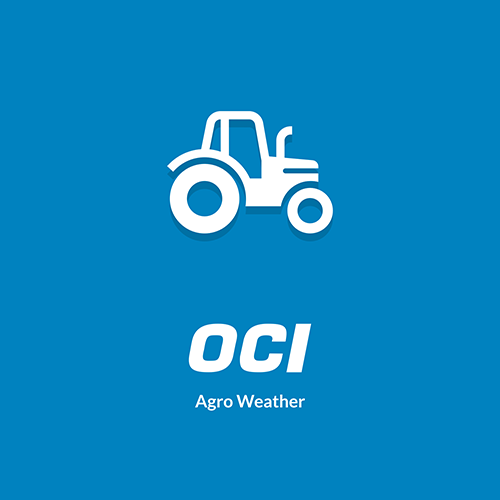Green Manures – How Can They Bolster Crop Nutrition?
In the pursuit of optimal crop nutrition and soil health, many UK farmers are now turning towards a combined approach that incorporates the use of green manures alongside traditional nitrogen fertilisers.
Including green manures in a crop rotation is not a new practice for farmers, but it is gaining renewed interest for its environmental and agronomic benefits.
Read our blog to learn how green manures can deliver many benefits to soil health when used alongside nitrogen fertilisers in arable and livestock systems.
What are green manures?
Green manures are crops grown specifically to be incorporated into the soil.
Unlike traditional animal-based manure, green manures are plant-based and typically consist of fast-growing plants such as clover, vetch, rye, or mustard.
These crops increase organic matter levels when ploughed or cultivated back into the soil, and help create a balanced nutritional environment for crops when used alongside nitrogen fertilisers.
Despite similar roles in soil management, green manures serve a different purpose to cover crops.
Green manures are more suited to enriching soil and enhancing its fertility, particularly in rotation with cash crops, while cover crops are ideal for protecting against erosion and maintaining soil quality.
Types of green manures
Each type of green manure brings its own unique set of characteristics and benefits. The recommended choice of crop depends on the specific soil health issues that need addressing – which can be determined by testing your soils.
Leguminous plants, like clover, vetch, and peas are well-known for their nitrogen-fixing abilities – these species transform atmospheric nitrogen into a form the next cash crop can absorb, naturally enriching soil fertility.
Non-leguminous plants, such as rye, oats, and mustard, on the other hand, are excellent for biomass production, adding substantial organic matter to the soil when ploughed in. This organic matter improves soil structure, enhances water retention, and fosters a healthy soil microbial environment.
Brassicas, like radishes and mustards, are particularly noted for their deep rooting systems, which can break up compacted soil layers. This improves soil aeration and offers benefits for pest control by suppressing soil-borne diseases and nematodes.
Benefits of integrating green manures into traditional fertiliser programmes
While green manures, particularly leguminous varieties like clover and vetch, are adept at fixing atmospheric nitrogen and enriching the soil, they may not always meet the immediate, high nutrient demands of certain crops.
This is where traditional nitrogen fertilisers come into play, providing an immediate nutrient boost to support crop growth phases that require high nitrogen levels.
This guidance will help effectively integrate green manures into a traditional fertiliser application programme:
- Complementary use
Integrating green manures into crop rotations can build up soil organic matter and baseline fertility levels, helping to boost soil nutrition in an environmentally sustainable way.
- Timing and application
It is recommended to time the sowing of green manures so their decomposition and nutrient release coincides with the cash crop’s peak nutrient demand periods.
This can be complemented by targeted applications of nitrogen fertilisers for optimal crop growth.
- Soil health and longevity
Green manures contribute to the long-term health of the soil, improving structure, water retention, and microbial activity.
This enhanced soil health can, in turn, increase the efficiency of nitrogen fertilisers, as healthy soils better retain and utilise added nutrients.
Practical steps to integrating green manures effectively
To effectively integrate green manures with traditional nitrogen fertilisers, there are some considerations to bear in mind.
The following recommendations are designed to help maximise the benefits of both green manures and synthetic fertilisers, ensuring a holistic approach to soil management and crop nutrition.
- Soil testing and monitoring
Regular soil testing is crucial. It helps in understanding existing soil nutrient levels, any deficiencies, and how these could be addressed through a considered combination of green manure and fertiliser use.
- Green manures species selection and rotation
Choose a green manure species that complement your primary crops and fertiliser application schedule.
For instance, non-leguminous green manures like rye can be used where soil nitrogen levels are already high, while legumes are ideal for nitrogen-deficient soils.
- Balanced fertiliser application plan
Develop a fertiliser application plan that considers the nutrient contributions from both green manures and synthetic fertilisers.
This plan should aim for optimal nutrient levels without over-application, to help prevent run-off and ensure cost-effectiveness.
- Regular review and adaptation
Your approach to using green manures and nitrogen fertilisers should be flexible, to account for changing factors in the crop growing environment.
Regularly review and adapt your strategy if needed, based on crop performance, soil health changes, and environmental considerations, such as extreme weather.
Seek the advice of a FACTS qualified adviser for support in nutrient management planning.




